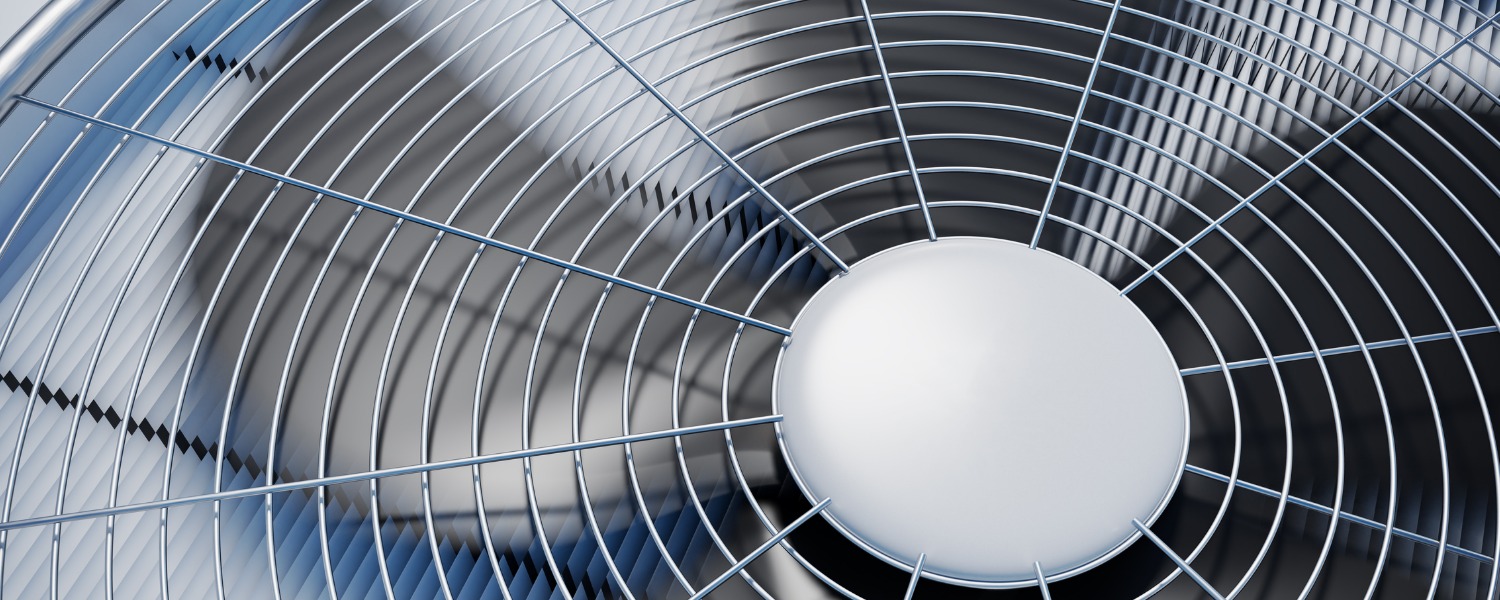Flicker Index
Senior Member
- Location
- Pac NW
- Occupation
- Lights
While determining how to size a solar system for a new customer, it was discovered that their electric clothes dryer is pulling over 10kVA. The nameplate says it's rated at 5,300 watts. What would cause this issue? It's a brand new dryer. I haven't tested anything on site, wattage measurement is from a Sense monitor, using the "watt check" feature for this appliance.
A lot of people have electric water heater as well as electric dryers. They both use resistive heating and wattage can be similar.
Since washing clothes uses heated water, it triggers the water heater. Because people wash clothes, then dry, the two loads tend to come back-to-back or often overlap. Water heaters are 4.5-5.5kW range, so it seems likely the educated guess made by the software wasn't able to correctly guess the two loads.
The principle is similar to knowing who just left/came home based on the established pattern of time of day it usually happens and the way their car sounds without seeing it and knowing the way their vehicles sound.

